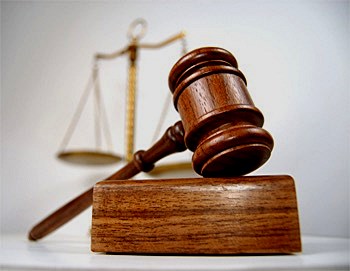
The validity of a witness’ testimony depends on whether their evidence is consistent with the probabilities affecting the case as a whole and shown to be in existence at that time: Faryna v. Chorny, [1952] 2 D.L.R. 354 (B.C.C.A.) at 357.
In Bradshaw v. Stenner, 2010 BCSC 1398, aff’d 2012 BCCA 296, Justice Dillon adopted a three-step approach in which the court first considers the testimony of a witness on a “stand alone” basis followed by an analysis of whether the story is inherently believable.
If the testimony survives the first part of the test, the second step is to evaluate the testimony based upon its consistency with other witnesses and with documentary evidence.
Lastly, the court determines “which version of events is the most consistent with the ‘preponderance of probabilities which a practical and informed person would readily recognize as reasonable in that place and in those conditions’”: at para. 187.
At para. 186 of Bradshaw the court set out a non-exhaustive list of the factors to be considered in assessing a witness’ evidence:
1. the capacity and opportunity of the witness to observe the events at issue;
2. his or her ability to remember those events;
3. the ability of the witness to resist being influenced by his or her interest in recalling those events;
4. the internal and external consistency of the witness’ evidence;
5. whether the witness’ evidence harmonizes with or is contradicted by other evidence, particularly independent or undisputed evidence;
6. whether his or her evidence seems unreasonable, improbable or unlikely, bearing in mind the probabilities affecting the case; and
7. the witness’ demeanor, meaning the way he or she presents while testifying.
The testimony of non-party disinterested witnesses may provide a “reliable yardstick for comparison”: Bradshaw at para. 187




